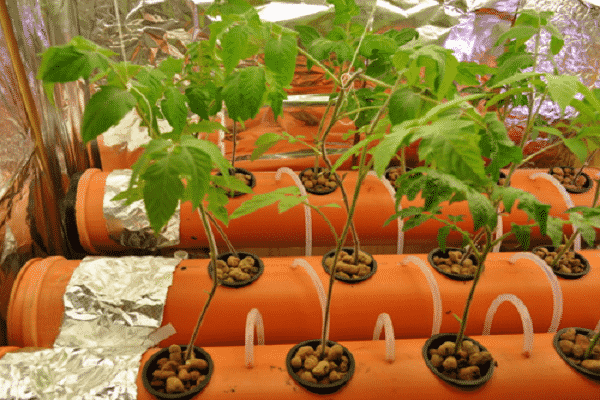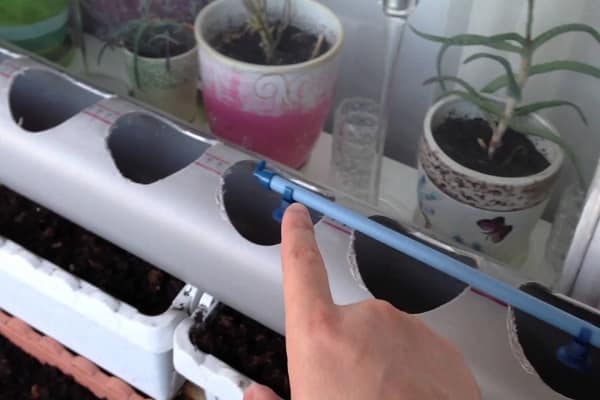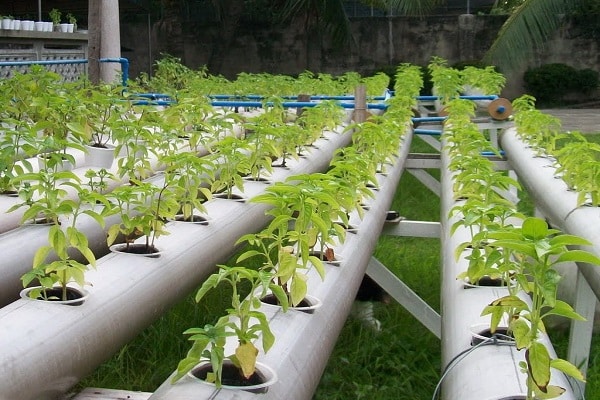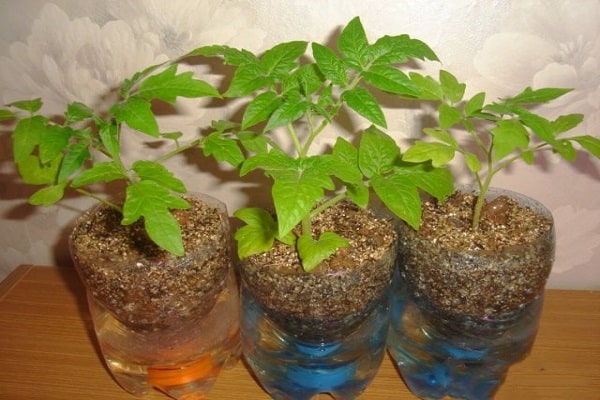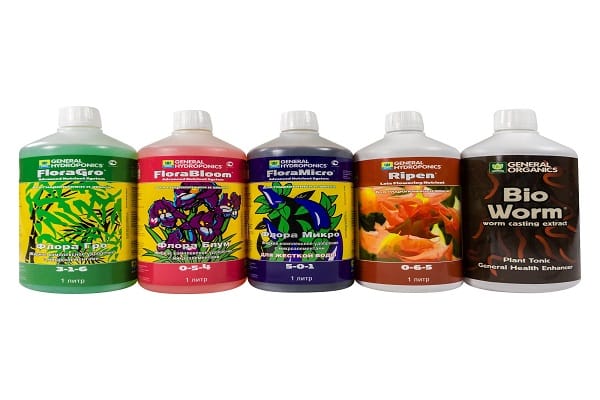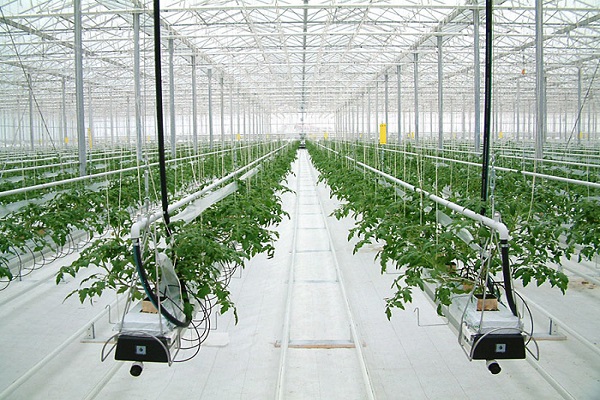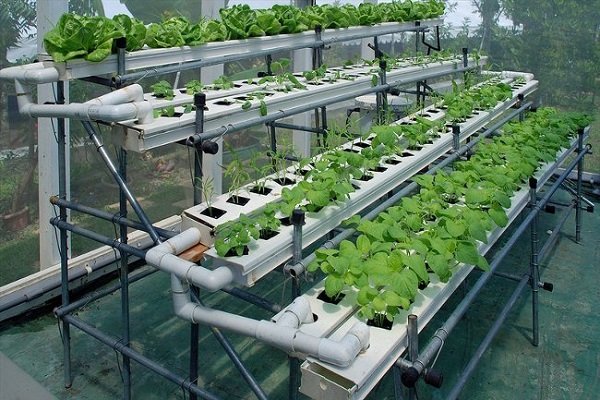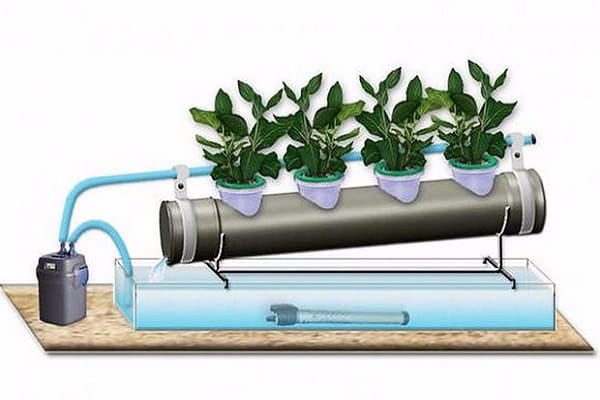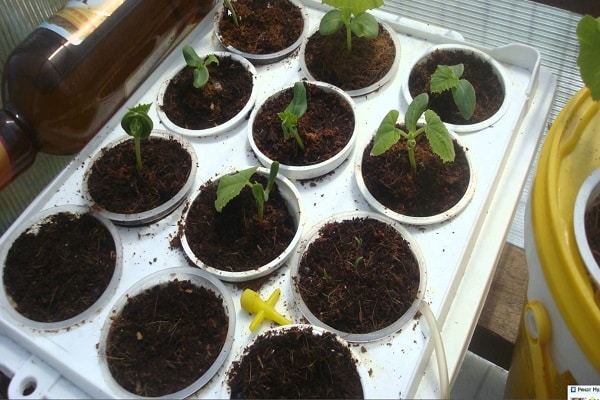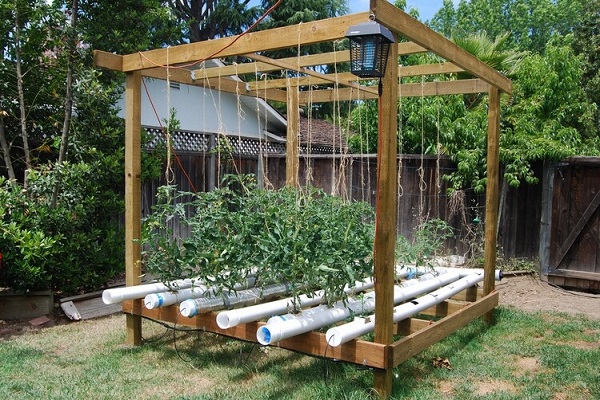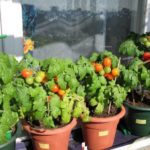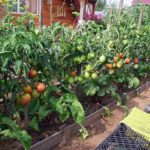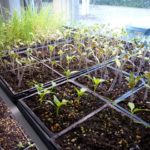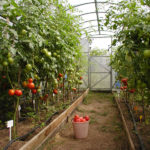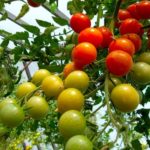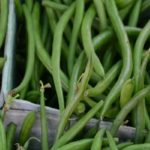Hydroponics is a method of growing plants without soil using an artificially created environment that provides the plants with the necessary mineral supplements and nutrients. Therefore, tomatoes grown in hydroponics are in no way inferior in quality to their counterparts grown in the garden.
In winter, you have to be content with purchased tomatoes, the quality of which often leaves much to be desired. And sometimes you want to treat yourself to a fresh, aromatic tomato straight from the bush. Hydroponics will be a salvation for all lovers of fresh vegetables.Due to the shallow root system of tomatoes, they are ideal for growing using this method. Hydroponics will allow you to grow tomatoes right at home, even when it’s frosty outside.
What you need for growing
Growing tomatoes using hydroponics is a difficult and painstaking task, but you can cope with it even without experience. It is important to purchase everything you need or build the system yourself from available materials.
- Containers: external - larger and internal - smaller.
- The substrate for internal containers can be anything: perlite, coconut shavings, crushed stone, expanded clay, moss, coarse sand or mineral wool.
- It is advisable to equip the internal containers with a liquid level indicator.
- You can purchase a nutrient solution for external containers ready-made or prepare it yourself.
- An electrical conductivity indicator that can be used to measure the nutrient concentration of a solution.
- Lighting: For normal development, tomatoes need a lot of light, so it is imperative to provide the plants with additional light sources. Ultraviolet or fluorescent lamps should be installed at home.
- A hydroponic system can be equipped with drip irrigation, gradual flooding, or a nutrient layer technique.
How to make a system yourself
First of all, you need to prepare containers 15 cm deep. They can be made by cutting off the top of five-liter plastic bottles. At the bottom of each “pot” it is necessary to drill holes to drain excess moisture. Ready containers must be disinfected with a chlorine solution, rinsed well and dried. After all the manipulations, the substrate must be poured into plastic containers.
Now you need a stand-pallet on which the containers will be placed.To simplify and facilitate plant care, the stand should be placed half a meter from the floor. It is important to maintain some distance between the stand and the bottoms of the containers. This will allow the root system to receive both nutrition and oxygen in the required volume.
Next you need to set up irrigation. To do this, place an open container (for example, a bucket) under the pallet and fill it with a nutrient solution, which will flow into plastic pots, and the excess will be returned to the container under the pallet. To build a complete irrigation system, you can use a special pump or aquarium pump.
The system is ready, you can plant seedlings in improvised pots.
Nutrient solution
For tomatoes, a nutrient solution can be purchased ready-made or you can buy all the ingredients and prepare the mixture yourself using complex fertilizers. When preparing the mixture, it is necessary to maintain the exact dosage to the gram. Since a low-quality solution can damage plants and even destroy them.
The nutritional composition for tomatoes must be constantly checked for acidity and electrical conductivity.
- Acidity is determined by the pH factor, which should be in the range from 6.0 to 6.3. To increase the acidity level, it is recommended to add potassium hydroxide to the solution, and to decrease it, phosphoric acid.
- Also, the nutrient solution must contain an electrical conductivity of 1.5 to 3 mS. Over time, the level will begin to decrease and when it exceeds the permissible limits, the solution must be replaced or updated by adding the missing elements.
To make it easier to keep track of everything, you need to keep daily notes. Hydroponics is a science, an exact science, difficult at first, but extremely fascinating.
Variety selection
Which variety to choose mainly depends on taste preferences, since the hydroponics method makes no exceptions. But to get a larger yield, when choosing a variety, you should take into account the recommendations for cultivation. Therefore, it will be easier to grow early-ripening and heat-loving varieties of tomatoes.
Growing technology
Growing tomatoes is a step-by-step process and the hydroponics method also adheres to this rule.
- When growing tomatoes hydroponically, agronomists recommend sowing seeds in a special sponge plug for seedlings. Thanks to its excellent drainage ability, the cork will provide the sprouts with sufficient oxygen. And after a week, when the shoots begin to stretch, the plugs can be placed on their sides, which will allow the shoots to grow stronger and form a powerful root system. As a last resort, instead of a cork, you can use cotton wool soaked in a nutrient solution.
- After 7-10 days, when the first true leaves form on the grown seedlings, they should be transplanted into larger sponge cubes and grown in this way for another three weeks.
In this case, every two days the plantings need to be watered with a nutrient mixture, and also monitor the lighting and temperature. Tomatoes are very sensitive to light. Low light can cause the plant to stretch, thinning stems and low yields. Therefore, at the initial stage of development, seedlings need additional lighting. And the air temperature should be + 20-22 degrees.
- After three weeks, the seedling cubes should be well moistened and placed on a tray in a checkerboard pattern. The tray must be thoroughly washed and treated with chlorine solution in advance.
- Next, the grown sprouts are transplanted directly into the hydroponic system, where they will be further grown. In this case, the interval between plants should be observed, so that not a single bush will experience a lack of light. It is optimal to allocate an area of 0.9 to 1.2 square meters to each seedling. m.
- Growing in the absence of soil deprives tomatoes of support. Therefore, even low-growing varieties, having reached 20 cm in height, need to be tied up.
- If tomatoes are grown at home, during the period of intense flowering it is necessary to artificially pollinate the plants. To do this, it is convenient to use a soft brush or an electric toothbrush as a fan. If the hydroponic method is used to grow tomatoes in a greenhouse, you need to provide access to insects.
- After moving to permanent residence, young bushes should extend daylight hours to 15 hours a day, and during active flowering increase to 20 hours. When the tomatoes begin to ripen, daylight hours can be reduced to 15-17 hours, but it is important to ensure that the temperature does not drop below + 28 degrees.
Advantages and disadvantages
The hydroponics method has both advantages and disadvantages. Among the qualitative advantages are:
- allows you to grow your favorite vegetables at home;
- saves space, time and fertilizers;
- provides complete control over plant development;
- fast growth and high yield of tomatoes.
As for the cons:
- firstly, the high cost of consumables and equipment;
- You can’t do without theory, you need to carefully study the technology;
- A lot of time is spent on planting plants and daily monitoring the condition of the nutrient solution.
In addition, there remains a risk of diseases and pests.But with the right approach, growing tomatoes using hydroponics can make the life of an avid vegetable grower much easier.


